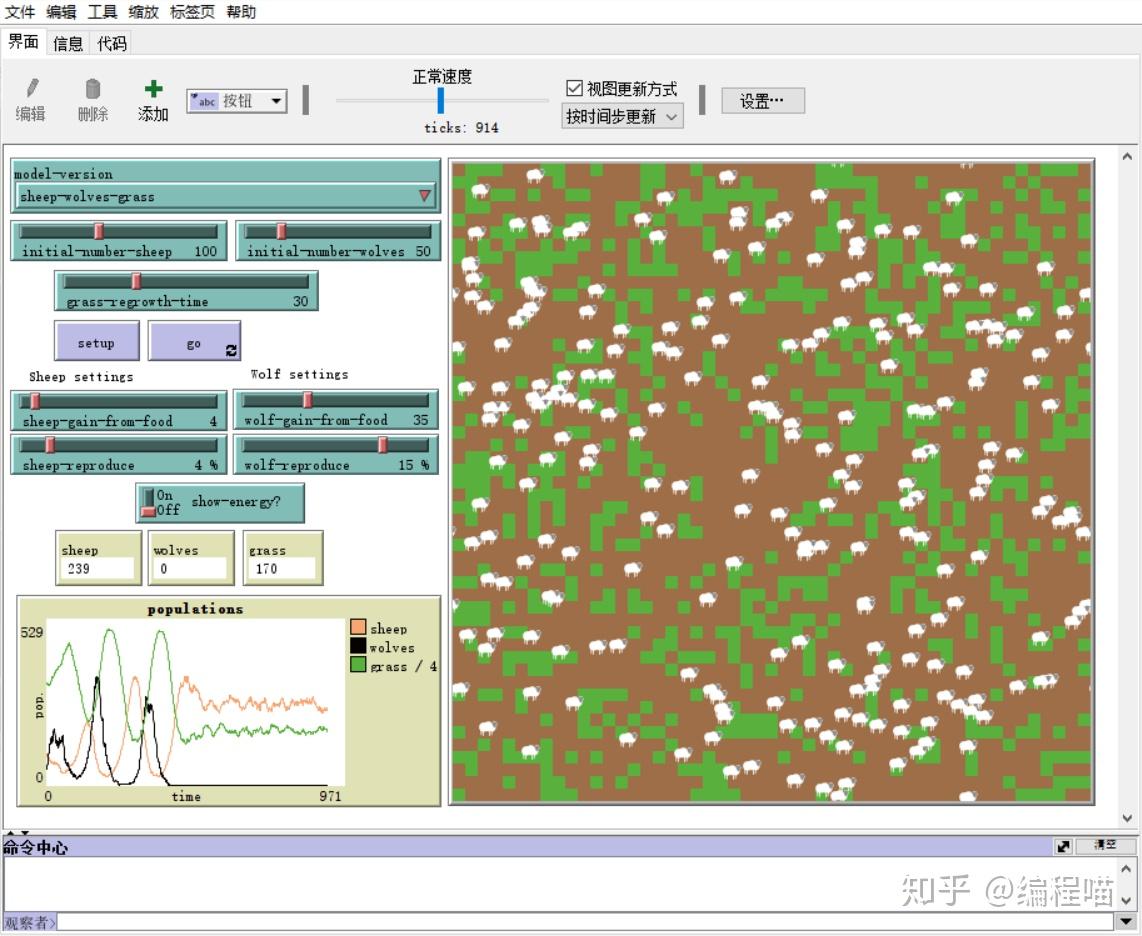
At any time the network is random, without structure. Over time every node connects eventually to all other nodes at some point, and the number of links remains constant, because every time a link is removed another gets added. What if I have to use random-normal 0.5 0.1, how can I limit that to values between. ((0 - maxb) + (random-float (maxb + maxa))) set sample-car (turtle (random. If you want a floating point answer, you must now use random-float instead. Example: create-turtles 100 setxy random-float max-pxcor random-float max-pycor distributes 100 turtles randomly in the first quadrant These. The GO-RANDOM simulation allows the cars to choose any safe acceleration. If you want to have real numbers instead of integer numbers, you have to use random-float. If you start the function with the same number you will get the same sequence as we show here: Figure 2. Removes one of the links ( ask one-of my-links )Ĭreates a new link to some other random turtle ( create link with one-of other turtles with ) Flockworks If number is positive, reports a random integer greater than or equal to 0. As we discussed in Chapter 3 a random number is an outcome from a deterministic function. REMARK: Since all numbers in Netlogo are floating points, we are going to work. a reporter that takes a number as input and reports a random decimal number between the input number and zero (including zero but excluding. Let's write a function that is executed when the button is pressed: to a certain degree random, interactions between such agents lead to the. Let's now make a button and call it knut or something like that. I do not know whether A is linked to B or C), is there anyway to match A to B and B to A as a pair then set the same random-float 1 value Thanks. This command arranges all the turtles in a circle. Layout-circle turtles world-width / 4 - 1

Let's use a new command that is practical here We colored them red, but that's your choice and made the round. nobody set max-x 0 end to set-rand-fitness set fitness random-float 1 set. Let us first create a set of $N$ turtles where the number should be between 10 and 300 or so. 2) A random barrier equally distributed in 0,1 is assigned to each species.
Random float netlogo manual#
Check out the manual for info on the agent type link. Netlogo comes with a number of nice, simple commands connected to networks. Today, we will start playing with networks in netlogo. Networks are very important in the study of complex systems, and tomorrow we will cover some basic network science in class. Links are agents that connect turtles to form turtle networks.
Random float netlogo driver#
rate-decel is a global parameter setup (see below) The max-patience slider controls how many times a car can slow down or be under its expected speed before a driver loses their patience and tries to change lanes. In addition to turtles and patches, netlogo features another type of agent called a link. The formula for each car is 'car deceleration' 'decelaration' (1 + rate-decel 'random triangle'). number with a mean of 10.Practical Problem 16: Introduction to Networks For example, if I call the function. prints a normally distributed random floating point I need to write a function that generates two numbers that are between the negative and positive values of an integer. The first value (hue) should be in the range of 0 to 360, the second and third (saturation and brightness) in the range between 0 and 100. Reports a number in the range 0 to 140, not including 140 itself, that represents the given color, specified in the HSB spectrum, in NetLogo's color space. prints an exponentially distributed random floating approximate-hsb hue saturation brightness. Random-poisson reports a Poisson-distributed random integer.

Random-normal reports a normally distributed random floating point number.
(Note: for results with a given mean and variance, use inputs as follows: alpha = mean * mean / variance lambda = 1 / (variance / mean).) Random-gamma reports a gamma-distributed random floating point number as controlled by the floating point alpha and lambda parameters. It is equivalent to (- mean) * ln random-float 1.0. Random-exponential reports an exponentially distributed random floating point number. In addition to the uniformly distributed random integers and floating point numbers generated by random and random-float, NetLogo also offers several other. (The standard deviation may not be negative.) Reports an accordingly distributed random number with the mean and, in the case of the normal distribution, the standard-deviation. Random-exponential 1.2.1 random-gamma 2.0 random-normal 1.2.1 random-poisson 1.2.1 random-exponential mean random-gamma alpha lambda random-normal mean standard-deviation random-poisson mean


 0 kommentar(er)
0 kommentar(er)
